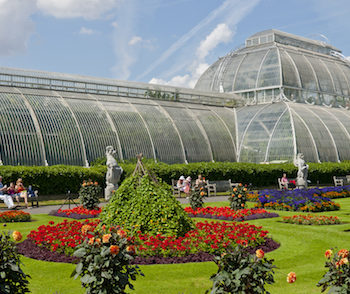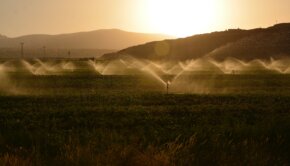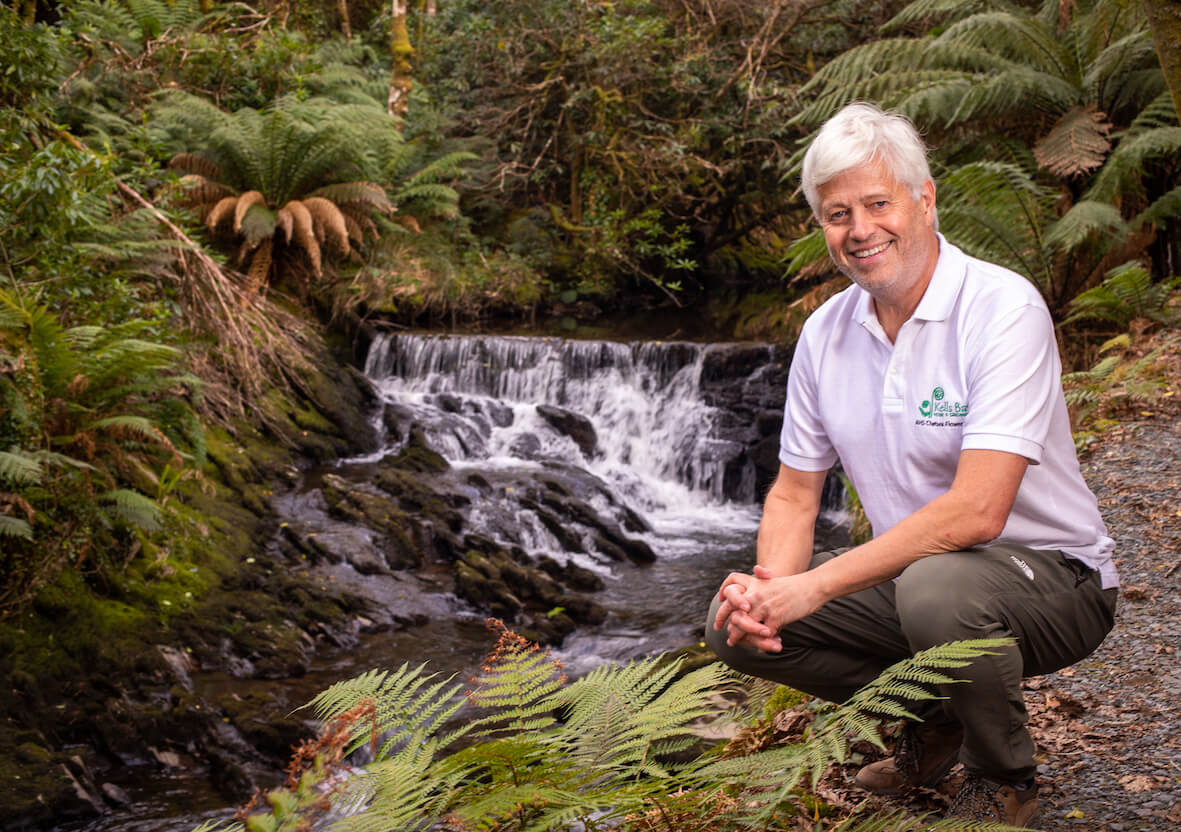Kew releases State of the World’s Plants Report

The new report highlights the global status of plants, providing an annual review of the major issues affecting their diversity and abundance.
13 May 2016
On 10 May 2016 The Royal Botanic Gardens, Kew released a ground-breaking new report on the State of the World’s Plants, as part of an international science and policy symposium.
This report, the first output of the Kew 2020 Science strategy, highlights the global status of plants, providing an annual review of the major issues affecting their diversity and abundance. The report also provides new baseline data against which we can evaluate how plants are faring and how this is changing over time.
Plants represent one of the most important constituents of biodiversity, the foundation of most of the world’s ecosystems and hold the potential to tackle many of the world’s present and future challenges. As well as being a snapshot of the present status, the report will be forward-looking and will include horizon scanning to identify important and emerging issues, research and knowledge gaps around plants.
The report centres around three main areas; describing the world’s plants, global threats to plants, policies and international trade. Broken down into 13 themes, it combines hard data with case studies from Kew’s extensive global field work and partnerships;
The themes are:
1. Naming and counting the world’s plants – latest on taxonomy and the top countries where most new species are being named.
2. New plant species discovered in 2015 – new data from the International Plant Names Index (IPNI).
3. Plant evolutionary relationships and plant genomes – Less than 1% of higher plant species have completed genome sequences. There are fewer than 350 species of higher plants with an assembled draft whole genome sequences. This compares with over 1,100 species of animals with whole genomes at draft status.
4. Useful plants – new data on number of plants with documented use by humans and gaps identified in the collections of the crop wild relatives that are particularly vulnerable to climate change, pest and pathogen outbreaks.
5. Important Plant Areas – focus on areas in the world which are the most important to protect because of the incredible diversity of plants that they contain and lack of legal protection identified for areas, including Europe.
6. Country focus: Brazil (this will change annually).
7. Climate change – Percentage of the earth’s vegetative surface that demonstrates sensitivity to climatic perturbations. Case study on coffee sector in Ethiopia with new data; Case study outlining recent research showing cassava and pearl millet are the climate-smart crops of the future for sub-Saharan Africa and that bananas, maize and beans will decline – analysis of this trend and food security.
8. Land-use change – All but one of the world’s biomes have seen a >10% change in land cover in the past decade. The biomes with the greatest land-cover change are mangroves and tropical coniferous forests.
9. Invasive species – Around 5000 plant species globally are now classified as invasive. Impacts of invasive species are thought to cost the British economy approximately £1.7 billion every year.
10. Plant diseases – Countries in Africa and Central and South America are vulnerable to plant disease yet are currently subject to little research.
11. Extinction risk and threats to plants – one in five plants is estimated to be threatened with extinction but the current Red List only covers 5% of all plants.
12. Plants and International Trade – In 2015 the global horticulture industry was worth US$16. bn. Demand for wild rare plant species is increasing latest CITIES data including data from UK Border Force for illegal imports of plants seized at Heathrow in 2015.
13. Policy: The Nagoya Protocol on Access to Genetic Resources and Benefit Sharing – 74 Parties signed up to framework for botanic gardens and industry working with genetic resources
Prof. Kathy Willis, Director of Kew Science, says, “The State of the World’s Plant Report is a significant and necessary milestone, not only for Kew but for the science community as a whole. We are facing some devastating realities if we do not take stock and re-examine our priorities and efforts in answering the bigger questions we face today, from global food security to mitigating the worst impacts of climate change. This report will be a baseline for all on the important indicators that tell us how we are faring and show us the direction we as a global community can go, if we so choose.”
Following the press launch of the report at Kew Gardens in London on 9 May, the State of the World’s Plants Symposium opened on 11 May for two days, providing a platform for more in-depth discussion on the issues raised in the report engaging the scientific community, policy makers and the public.



 Print
Print








Fans 0
Followers